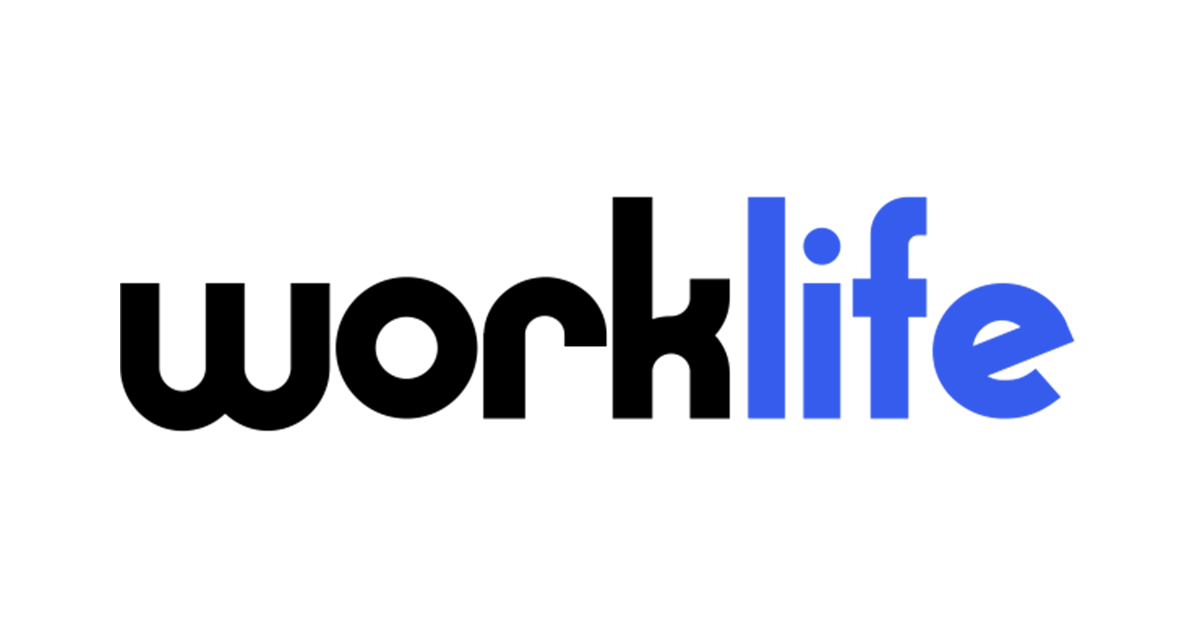The challenge isn’t so much that deskless workers don’t receive mental health benefits. It’s that they may face pain points in accessing them, experts said.
Addressing mental health continues to be a challenge at work. According to a May report from the Conference Board, about a third of U.S. workers say their self-reported level of mental health is lower than six months ago. Despite this, according to an additional study from Amwell, 85% of workers don’t use the mental health benefits they are provided.
Deskless workers face significant hurdles in accessing their mental health benefits, even though they have the same challenges — and then some — as their desked co-workers. The nature of their work and sometimes schedules mean that it might be hard for them to find a regular time to set up appointments with a mental health professional, and for managers to see signs that a worker might be in need of help.
“Even though employers have increased mental health benefits, a lot of front-line workers don’t know about them or don’t how to access them,” said Sandra Moran, chief marketing officer at Workforce Software.
Here’s what HR can do.
Connect deskless workers with benefits already provided
The challenge isn’t so much that deskless workers don’t receive mental health benefits. It’s that they may face pain points in accessing them.
“Even though the employer offers a wellness benefit, a front-line worker’s ability to get in a predictable schedule is a major barrier,” said Moran. In a recent study, Workforce Software found that 55% of employees have weekly changes in their schedules.
Finding a therapist who is taking new patients and accepts a worker’s insurance is also becoming more difficult. Fewer than half of people with a mental illness were able to access timely care in the U.S. in 2021, according to the Substance Abuse and Mental Health Services Administration.
If a worker’s hours change every week it can be near impossible for them to schedule an appointment when they find the right practitioner, said Moran.
Deskless workers may also be harder for managers to keep in the know about benefits offered or spot when someone might be in need of help, said Deb Muller, CEO and founder of HR Acuity. “Whether in a retail environment or climbing poles, you as a leader are not watching them every second,” she said. “The signs of mental health [issues] might not be as easy to recognize.”
Help bridge the gap
One way to help these workers access benefits is to stop putting up barriers to scheduling appointments, said Moran. That means offering more predictable schedules, so that workers can set up therapy sessions and keep them.
Knowing your workforce can help employers create schedules that suit worker needs. For example, said Moran, if a significant portion of a company’s deskless workers are women, who typically carry a heavier burden for child care, then offering things like three-day-a-week mini shifts can ease some of those outside stressors and allow workers to schedule for themselves — and benefit other people who have caretaking duties as well.
Managers of deskless workers, especially those who are deskless themselves, should also be trained to spot signs that a worker may need mental health services, said Muller. “Give managers the tools they need to check in, and understand how to check in,” she said. Managers can also be trained to “open a dialogue about their well-being that might be uncomfortable, but we are training those managers to have those conversations.”
Companies can also use anonymous surveys to get feedback on mental health initiatives, she added, which can help employers understand barriers workers face in accessing care without those workers feeling they may face negative consequences for speaking up.
Employers can set up text-based services for workers to submit feedback, or place QR codes in places like the bathroom or break room, which would lead workers to links providing them more information on services, or to submit feedback, Muller said.
While the pandemic has taken a major toll in people’s lives, it did teach employers that they can make major changes, quickly, to help workers as much as possible, which should be applied to addressing the mental health needs of deskless workers now. “If the pandemic taught us anything, it’s that we can make those changes,” Muller said. “Things can be turned on their heads and we can make drastic changes and it can work.”




